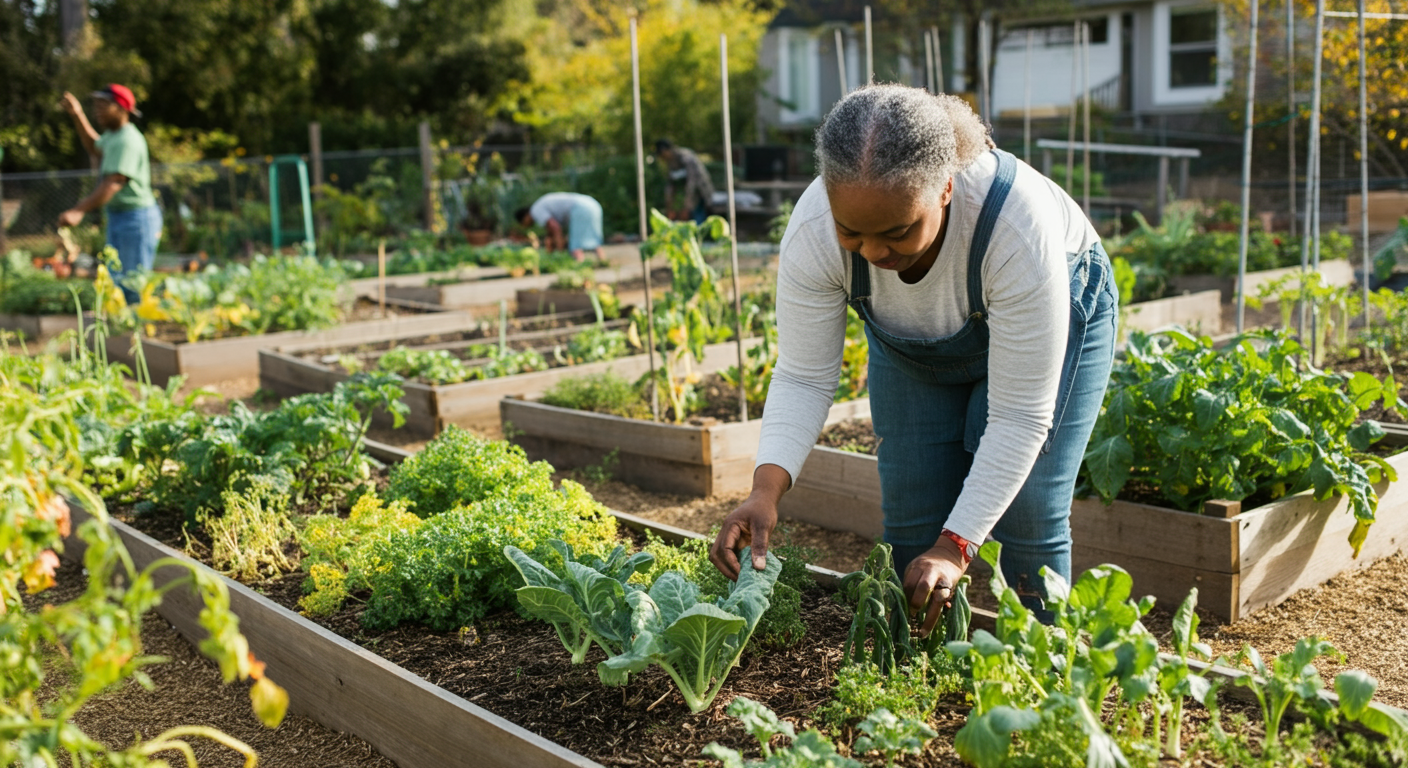The Role of Community Gardens in Food Security
In an era of rising food prices, climate uncertainty, and urban expansion, access to fresh, nutritious food is not a given for everyone. Many neighborhoods, particularly in urban areas, lack affordable produce or rely on processed foods with long shelf lives. Community gardens offer a simple yet powerful solution—transforming underutilized land into vibrant spaces where people can grow their own food while fostering connections with neighbors.

Strengthening Local Food Systems
Community gardens play a crucial role in enhancing food security by providing direct access to fresh fruits, vegetables, and herbs. Unlike large-scale agriculture, which often prioritizes shelf stability over nutrition, these small-scale plots allow for diverse, seasonal crops that are harvested at peak ripeness. This means better flavor, higher nutrient content, and reduced reliance on long-distance food transportation.
For individuals and families facing financial constraints, a community garden can be a lifeline. Instead of choosing between groceries and other essentials, gardeners can supplement their diets with homegrown produce. Some gardens even organize food-sharing programs or donate surplus harvests to local food banks, further extending their impact.
Building Resilience and Knowledge
Beyond immediate food access, community gardens serve as educational hubs. Novice gardeners learn from experienced growers, exchanging tips on composting, pest management, and water conservation. This shared knowledge empowers people to grow food more efficiently and sustainably, reducing waste and promoting environmentally friendly practices.
In times of crisis—whether economic downturns, supply chain disruptions, or extreme weather events—these gardens provide a buffer. A neighborhood with strong gardening networks is better equipped to adapt when external food sources become unreliable.
Fostering Connection and Well-Being
Food security isn’t just about quantity; it’s also about community strength. Gardens create gathering spaces where people from different backgrounds can work side by side, bridging social divides. The act of growing food together fosters trust, encourages cooperation, and strengthens neighborhood bonds.
Additionally, gardening has well-documented mental health benefits. The combination of physical activity, time outdoors, and the satisfaction of nurturing plants can reduce stress and promote a sense of accomplishment.
Challenges and the Way Forward
Despite their benefits, community gardens face obstacles, including land availability, zoning restrictions, and the need for sustained volunteer effort. Advocating for supportive policies—such as municipal land leases or funding for garden initiatives—can help secure their future.
For those interested in starting or joining a community garden, local organizations, nonprofits, and urban agriculture groups often provide resources and guidance. Even small efforts, like a shared herb bed or a neighborhood seed swap, can make a difference.
A Simple Solution with Far-Reaching Impact
Community gardens won’t single-handedly solve global food insecurity, but they offer a tangible, grassroots approach to making fresh food more accessible. By nurturing both plants and relationships, these spaces remind us that food security begins at the local level—one seed, one harvest, and one community at a time.
Would you consider joining or supporting a community garden in your area? The benefits extend far beyond the harvest.